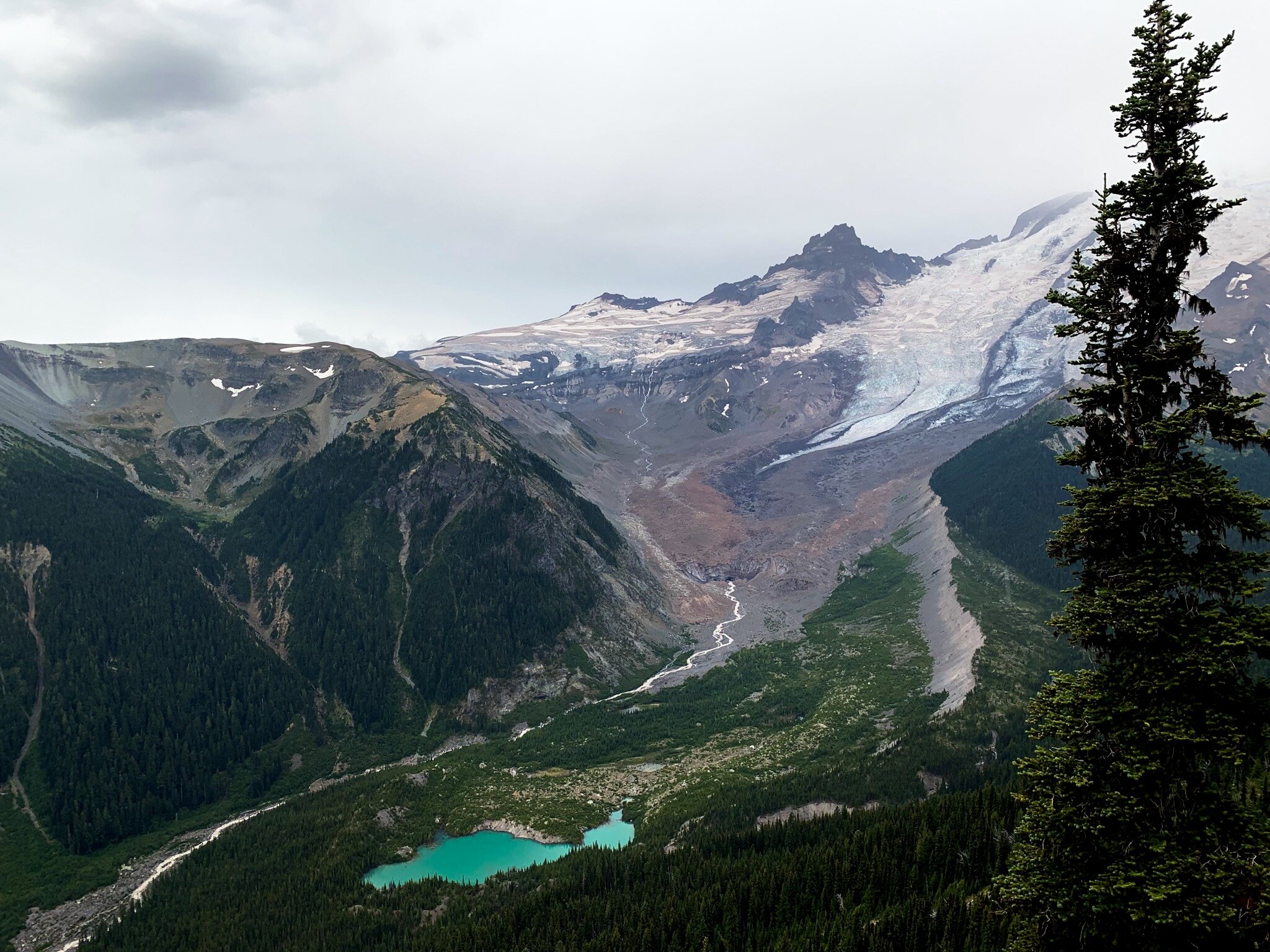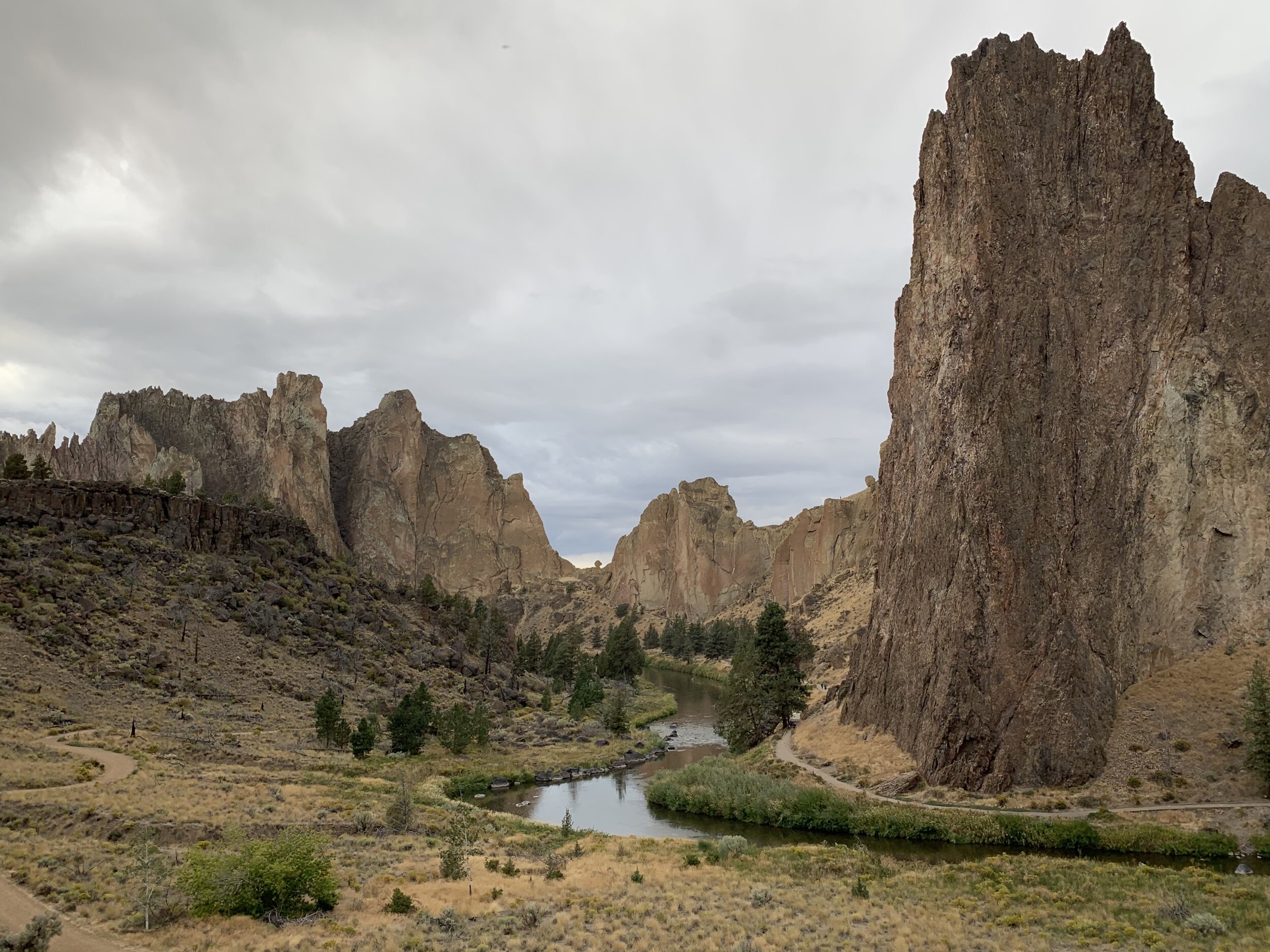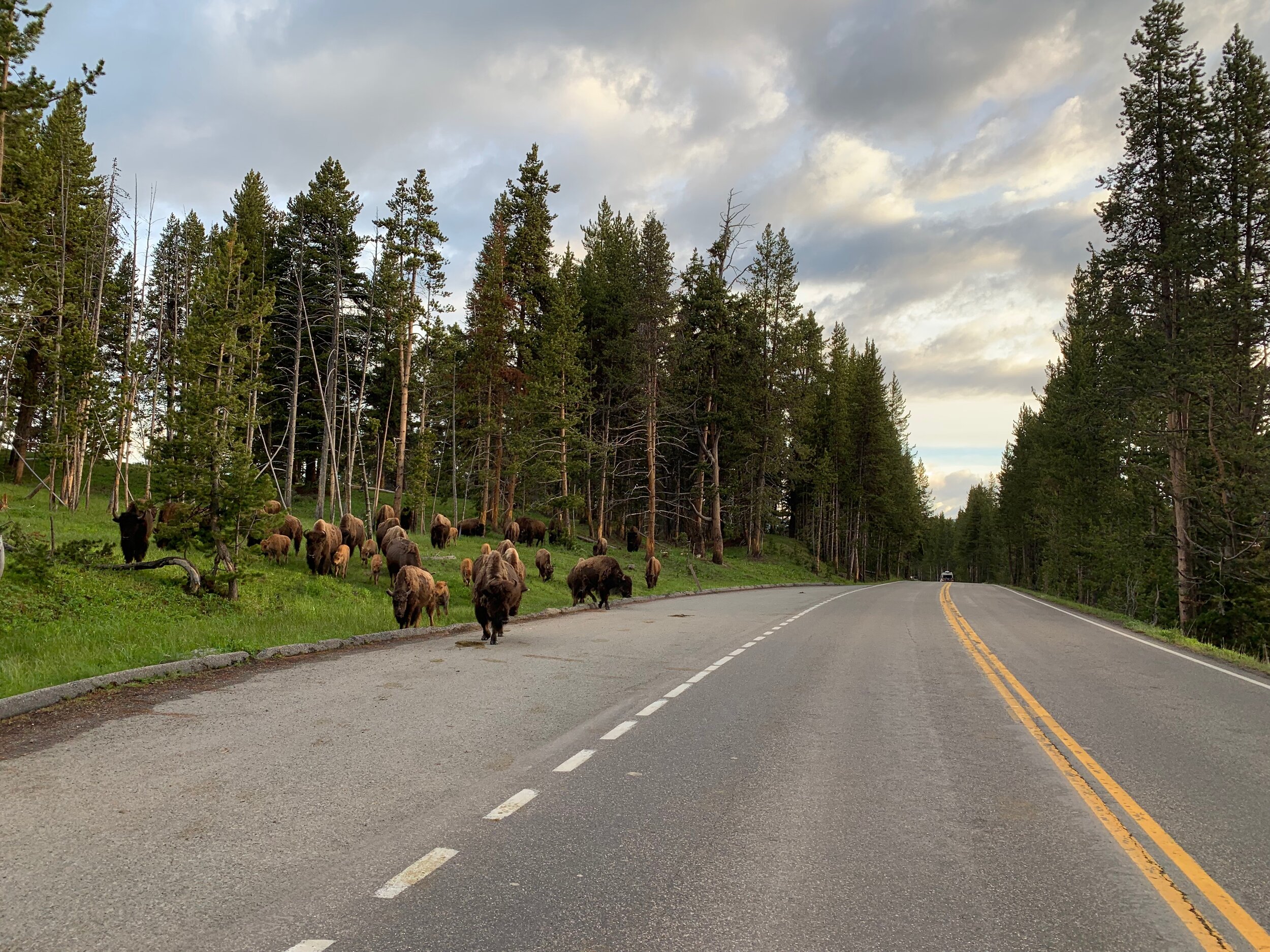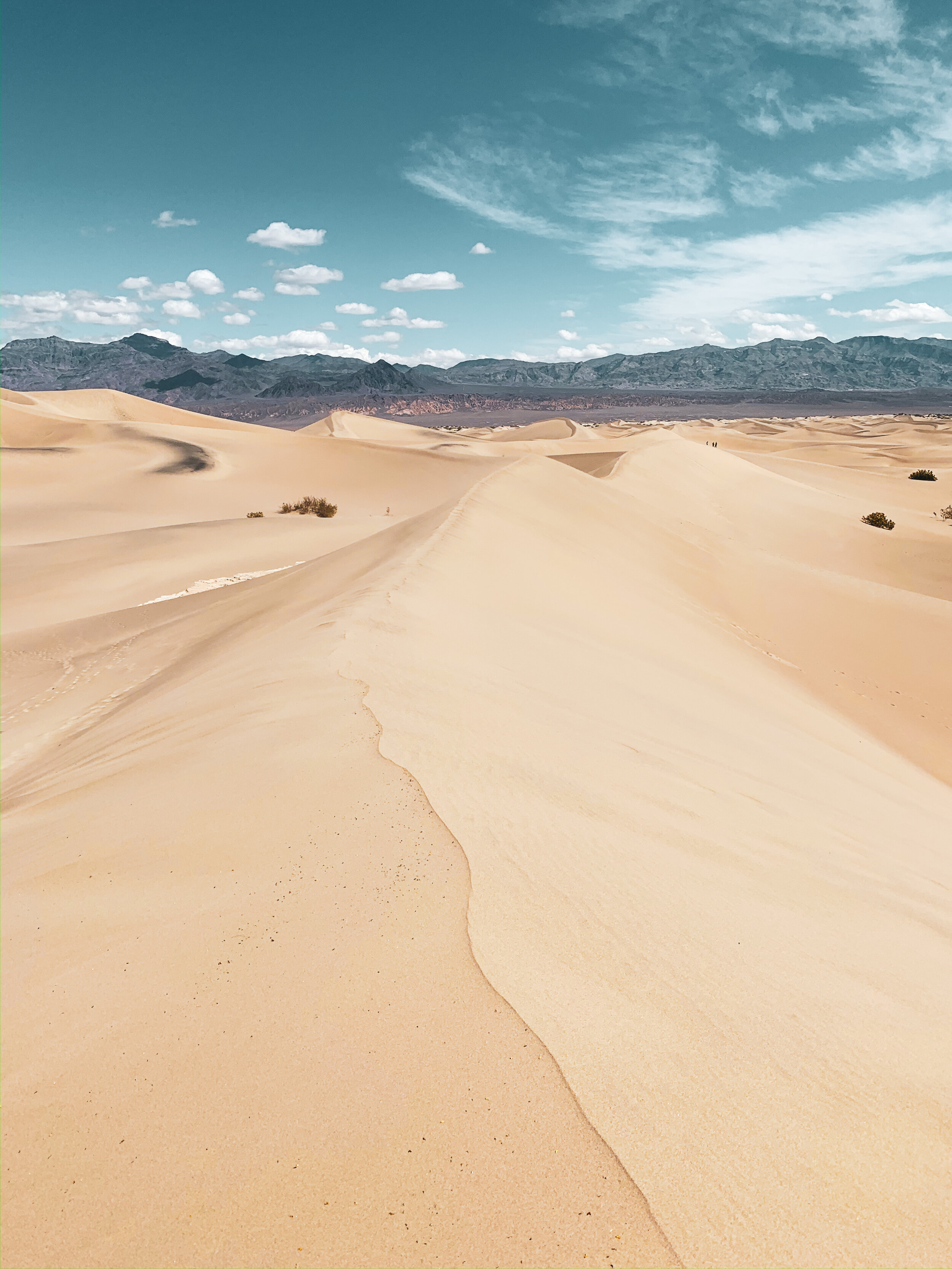One of the largest misconceptions about domestic adventure travel in the US is that dogs are not allowed in National Parks. National Parks are public land that is run by the National Park Service, meaning, they have a lot more restrictions that other types of public land that are run by the Bureau of Land Management or US Forest Service. Because of the fact that these restrictions are fairly well known by visitors, it’s often rumored that you can’t bring your furry friend along on your adventure. But, that couldn’t be less true! Dogs are absolutely allowed in National Parks, it’s just a matter of finding out exactly where they’re allowed during your visit.
Hanging out at Hurricane Ridge in Olympic National Park
Why are there restrictions on pets in the parks?
There are a few reasons for the restrictions on dogs in National Parks, but the main one is that dogs are not part of the natural environment. Their presence has the power to disrupt the ecosystem because they can pollute areas with their poop, eat plants, and scare animals off that would normally be present in an area. For this reason, it’s really important to respect these regulations so that we can preserve these areas for future visitors. That being said, there are areas in each park where dogs are allowed, so let’s explore those areas!
Exploring Crater Lake National Park in Oregon
Where are dogs normally allowed in National Parks?
In pretty much all parks, you can guarantee that dogs are allowed in parking lots and picnic areas. In some parks, there are dog friendly trails to hike, so check each park’s website before visiting. They are often allowed on dirt roads, and can enjoy viewpoints with their owners.
To find the pet friendly areas in each park on the park websites, go to Plan Your Visit > Basic Information > Pets.
Taking a walk along a dirt road in Mount Rainier National Park
What parks are more dog friendly than others?
Some National Parks are more dog friendly than others. The two most popular dog friendly parks are Acadia and North Cascades, but there are quite a few that you can take your furry friend to when you really do your research. Zion has a dog friendly trail, and Olympic has dog friendly beaches. Crater Lake is a great option since most of the park is only accessible by car.
It’s also worth looking into visiting National Park Service sites that don’t have National Park designation, such as monuments, preserves, and recreation areas. The Santa Monica Mountains National Recreation Area has dog friendly beaches, and City of Rocks National Preserve is known as a dog friendly park. This will allow you to use that National Park pass you love, while letting your dog tag along.
Taking a walk near the visitor center in Crater Lake National Park
What is the Bark Ranger Program?
Similar to the Junior Ranger Program, the Bark Ranger program is a free program for all the fur babies who come along on a National Park adventure. This program allows dogs and their owners to learn exactly where their dog can and can’t go in the park, and allows your dog to get sworn in as an official Bark Ranger. They will also receive a special Bark Ranger badge to wear on their collar or leash and take home as a fun souvenir.
Watching the sunset in Olympic National Park: the first park to create their Bark Ranger Program
Visiting a National Park with your dog will be a different experience than you’re used to, but it doesn’t have to be a boring one. There truly is so much you can still see and do with your dog to make it a worthwhile visit, and once you learn the rules, you’ll get to see the Parks through your dog’s eyes, which can be magical in its own way.

















































































